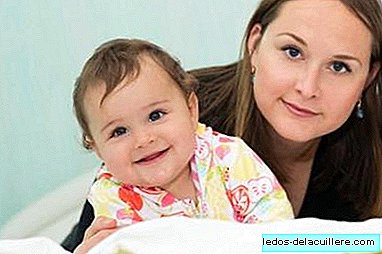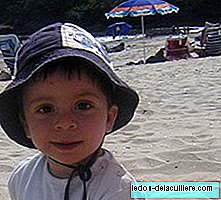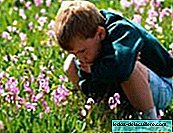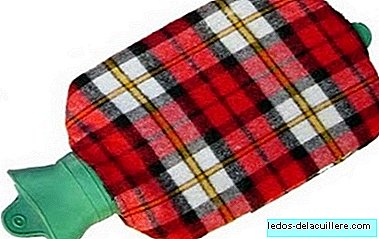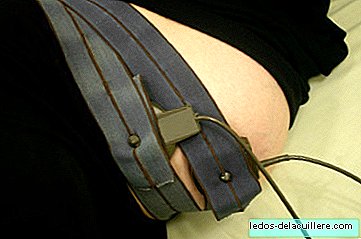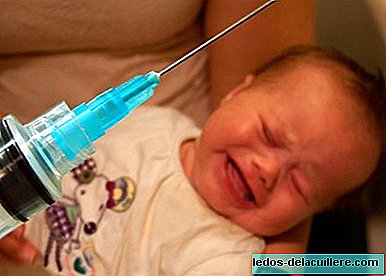
On many occasions we have seen some tricks so babies don't cry when they get vaccinations, and since they invented "the punctures" who is the one who is not afraid of them. Well, imagine the fright of the little ones who do not expect that acute pain suddenly.
Therefore, for years there has also been research that aims to provide the most effective methods to calm the baby's pain, such as that carried out by the American pediatrician Harvey Karp, in his book "The Happiest Baby on the Block" ("The happiest baby in the neighborhood"), published in 2002.
In this work he suggested a series of tricks to calm babies. They were the "five S", because in English they are defined with words that begin with this letter: swaddling (wrap the baby), side / stomach position (place it on its side or face down), shushing (do "shhhh"), swinging (cradle it or rock it) and sucking (suction).
Although in many of the references to his work this last S, the suction, appears simply "recommendation of the pacifier", the breast will also be included in this suction that calms the baby. Karp reinforces the fact that frequent breastfeeding It is something that mothers do in all cultures with low levels of crying and advocates for easy and frequent access to the breast. This is where he also recommends the use of a pacifier that can comfort some babies.
Dr. Kart suggests that babies calm down with these and other "experiences similar to the womb" because they trigger an automatic reflex that is literally a crying switch: the calming reflex. His "experiments" were not specifically focused on crying caused by vaccines, but on any crying of the baby.
The study that applies the five "S" to vaccination
Now, a study published in the magazine Pediatrics points out that the physical intervention of the "five S" always show the decrease in infants' pain scores on a validated scale, as well as the decrease in crying time between two and four months of age, during vaccinations of routine.
These results did not vary when the "five S method" was used together with the sucrose administration, another method demonstrated as a pain reliever for babies during vaccination.
John W. Harrington, research coordinator and his team at Norfolk Hospital (United States), analyzed the effect of this methodology on 230 babies between two and four months of age who received routine vaccinations.
The children were divided into four groups: the first was given a little water before the vaccine; to another sugar water, while the others received water or sugar water before vaccines and the "five S" tricks were applied after the puncture.
The results showed different pain scores, except in babies who were treated with the advice of pediatrician Harvey Karp, who had fewer signs of pain and stopped crying before. Only a few were still crying a minute after vaccination, compared with half of the babies in the control group and 30% in the group that had only received sugar water.
Remember that in the "sucking" or suction section you can use the pacifier but tetanalgesia is also effective, the calming effect that causes babies to be breastfed, a fact that seems to have been sufficiently verified by rigorous studies but that is not yet known (or allowed) in a generalized way. And breastfeeding the baby can also easily perform other "S", such as rocking, wrapping ...
Hopefully at the time of administering the vaccines do not put impediments to make these gestures so simple and natural that both children can do so much favor. With my daughters on occasion we have had them in our arms, the pacifier at hand (and when leaving the chest) and many pampering to calm them. Of course, once they grow, the difficult thing is also to calm them before vaccination ...
In this way a pleasant, welcoming environment is established, the child is "distracted" from pain, and physical comfort, contact with the mother, her reassuring voice ... In short, five o'clock so that the baby does not cry with vaccines They contribute to the natural mechanism of pain relief.



